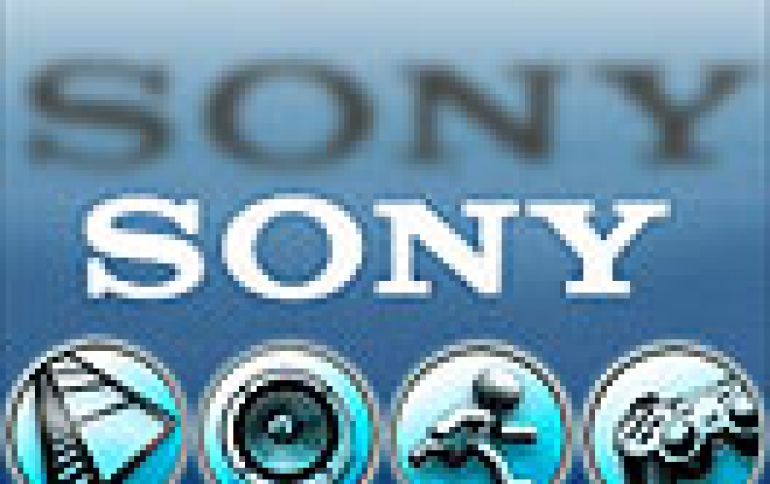
Sony announces first HTPS LCD panels using inorganic layer
Sony announced the successful development of the world's first HTPS LCD panel for front
projector TV sets, has increased reliability and is capable of outputting higher picture quality
through the incorporation of an inorganic alignment layer.
According to Sony, compared to conventional LCD panels, the use of this new material nearly
quadruples HTPS panels' resistance to light (illuminating on LCD)which is instrumental for
higher brightness and contrast ratio (CR).
Additionally, Sony has introduced the new Field Inversion Driving method, a liquid crystal-driving system that modulates input voltages to all pixels simultaneously within one field. Unlike conventional systems which use a line-by-line writing method, the Field Inversion Driving method overcomes the difficulty in suppressing anomalous movement of liquid crystal molecules near the fringe of the driving line. All of this translates into improved contrast ratios and aperture ratio higher compared to conventional systems due to the high reduction of light leakage.
By applying these new technologies to the current advanced high resolution TFT technologies, Sony has surpassed conventional systems with a 10% higher transmittance and about 5 times higher contrast ratios, despite the very small pixel pitch of 11.5 micron.
Sony will brand this new HTPS LCD panel technology as Bi:NATM6 (pronounced "Bee-na"), and will launch the components by early next year. Consumers can expect front projectors incorporating Bi:NATM6 technology to be introduced soon thereafter.
Development Background
Sony's new proprietary HTPS liquid crystal alignment technology was achieved with the technology inherited from the development of Sony's other cutting-edge LCD, SXRD (Silicon X-tal Reflective Display), which is an LCOS (Liquid Crystal on Silicon) panel that is currently available in the QUALIA 004 front projection TV.
This technology was also instrumental in improving picture-quality because the rubbing process, an origin of downing quality associated with conventional organic Liquid Crystal alignment layers, is no longer necessary with Bi:NATM6 panels.
Additionally, Sony has introduced the new Field Inversion Driving method, a liquid crystal-driving system that modulates input voltages to all pixels simultaneously within one field. Unlike conventional systems which use a line-by-line writing method, the Field Inversion Driving method overcomes the difficulty in suppressing anomalous movement of liquid crystal molecules near the fringe of the driving line. All of this translates into improved contrast ratios and aperture ratio higher compared to conventional systems due to the high reduction of light leakage.
By applying these new technologies to the current advanced high resolution TFT technologies, Sony has surpassed conventional systems with a 10% higher transmittance and about 5 times higher contrast ratios, despite the very small pixel pitch of 11.5 micron.
Sony will brand this new HTPS LCD panel technology as Bi:NATM6 (pronounced "Bee-na"), and will launch the components by early next year. Consumers can expect front projectors incorporating Bi:NATM6 technology to be introduced soon thereafter.
Development Background
Sony's new proprietary HTPS liquid crystal alignment technology was achieved with the technology inherited from the development of Sony's other cutting-edge LCD, SXRD (Silicon X-tal Reflective Display), which is an LCOS (Liquid Crystal on Silicon) panel that is currently available in the QUALIA 004 front projection TV.
This technology was also instrumental in improving picture-quality because the rubbing process, an origin of downing quality associated with conventional organic Liquid Crystal alignment layers, is no longer necessary with Bi:NATM6 panels.





















